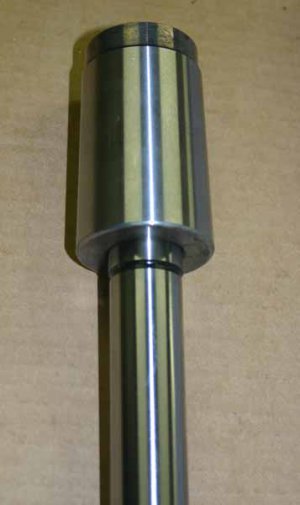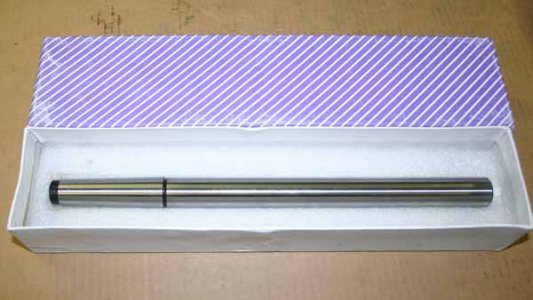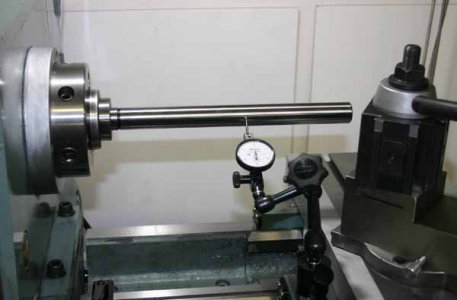- Joined
- Feb 1, 2015
- Messages
- 9,561
Like you, I am awaiting the acquisition of a machinists level to refine my alignment.You are one step ahead of me RJ. I JUST finished skimming a 10" faceplate a few weeks back on the old headstock setting. Once I'm happy with the lathe setup, yes will have to check the plate & likely give it a light re-surface. It wasn't an onerous job, but the cast iron powder seems to get everywhere. Going to lay down some lightly oiled paper towels or something.
So my story is still a bit open ended until my accurate level arrives to validate lathe twist status (the leg jacking rigmarole). But is the proper sequence like what Tom Lipton shows:
- adjust lathe level (twist)... but within reasonable limits
- if still cutting taper, zero lathe twist & proceed to headstock
Reason I ask is I got thinking about this bed twist issue, if done in isolation as a cure. If the dumbbell test cutting is always confined to relatively short length of the test bar, say 10". And you kept twisting the bed until taper was removed over that 10", couldn't you end up with a piece of licorice extrapolating the twist angle out the remaining 30" of bed or whatever?
Since I have no way, aside from headstock rotation, of aligning cross feed ways to the spindle axis, I will probably do that second, after leveling. My Grizzly 602 lathe has only two mounting bolts, under the spindle axis at the headstock and tailstock. It is my belief that when I installed the lathe, I pulled the lathe to my home-built table and distorted the casting.
Noticing a taper similar to what you observed, I rotated the headstock which eliminated the taper but now I cut a domed face. The correction that I made for taper is virtually the same as the misalignment that I am observing in the cross feed. In other words, I have used two wrongs to make it right.
My latest thoughts on alignment are that I should loosen the two mounting bolts to relieve stresses. My first adjustment would be for headstock rotation, as indicated by flatness of a machined face. The reasoning for this is the carriage is not moving along the ways so the effects of any twist would be minimal. Once the spindle axis is perpendicular to the cross feed ways, I would level the lathe bench, using the adjustments on bench feet, and then the lathe, using shims. Finally, I would check for taper, using Rollie's Dad's method and adjust shims under the headstock and or tailstock. The shims under the headstock end would be equal front to back and used to correct a vertical tilt in the spindle axis. Shims under the tailstock end would be to correct for twist.
There is also possibly a horizontal and/or vertical misalignment of the tailstock quill to the spindle axis which could be a combination of radial and angular misalignment. I would check that by mounting a test bar between centers and using the RDM method again. Checking with the quill retracted and the quill extended should pick up any angular alignment issues.




